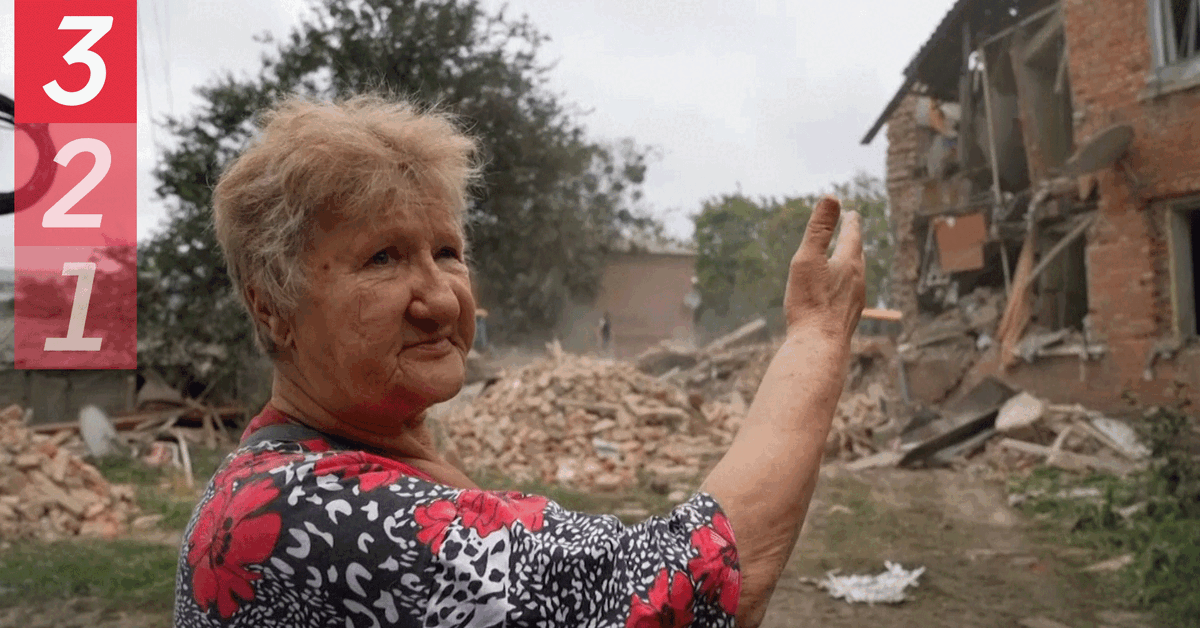The new wave of robots and rockets has hit areas in northern, eastern and southern Ukraine.
Kharkiv, the country's second-largest city in the northeast, has been hit by repeated and extensive robotic attacks in recent days, Ukrainian authorities cite Reuters.
- There was no military here.
Neither infrastructure nor equipment.
This is an ordinary residential area, says Victor Kovalenko in Kharkiv.
About 40 civilians have been killed in such attacks around the country in the past three days.
Ukrainian officials and local commanders fear another full-scale Russian attack on Kharkiv, Reuters reports.
Space factory
The BBC reports that Russian cruise missiles have hit a space technology factory in the million-strong city of Dnipro, southeast of Kyiv.
At least three people were killed and another 15 injured when residential buildings collapsed nearby, according to local officials.
The factory manufactures satellites and is said to have delivered equipment to Elon Musk's company SpaceX.
Air attacks increase
According to the BBC's reporter in Kyiv, the Russian ground offensive in eastern Ukraine has been stepped down slightly, while airstrikes with robots have increased - including in central parts of cities.
Attacks with cruise missiles fired from Russian bombers and submarines have previously been reported.
There are also attacks with rockets with shorter range.
Sergei Bolvinov, deputy head of Kharkiv's regional police force, writes on his Facebook page that rockets partially destroyed a two-story building in the city, Tjuhuiv, near Kharkiv.
Unclear capacity
The prestigious International Institute for Strategic Studies (IISS) states in a new report that the latest satellite images indicate that the Kremlin is willing to use lower-precision robots for attacks on targets in city centers.
IISS writes that it is difficult to assess Russia's short - term capacity to maintain or increase the industrial production of cruise missiles that can be used against land targets.
But it is clear that Russia is starting to lack robots, the authors of the report assess.

